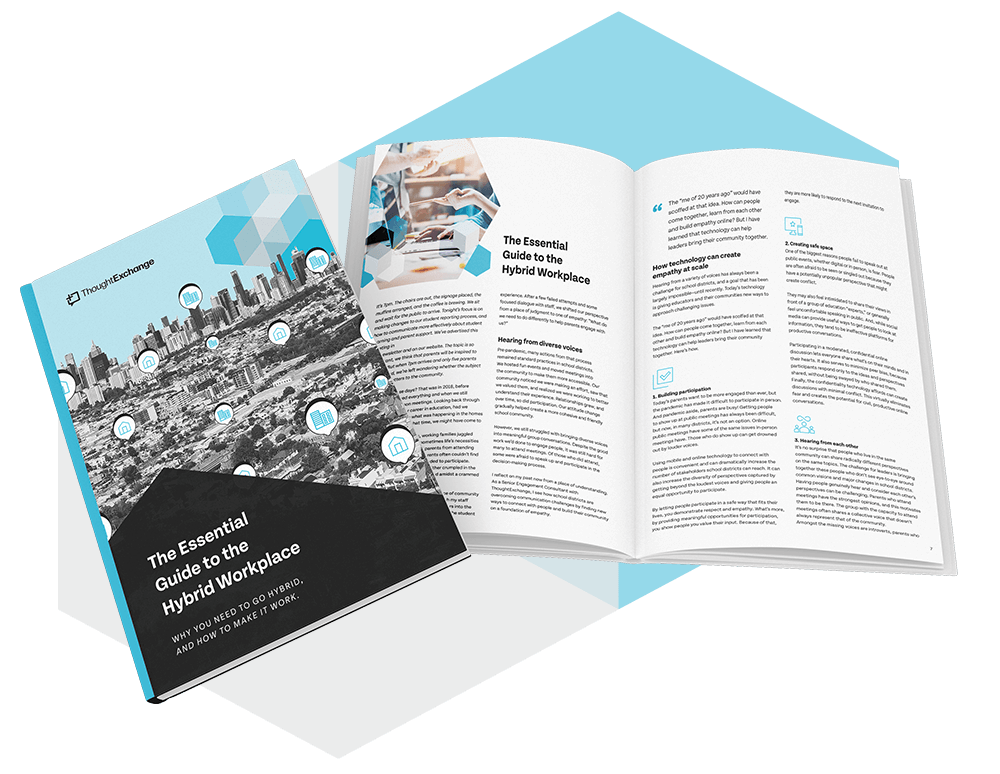Guide
The Essential Guide to the Hybrid Workplace
WHY YOU NEED TO GO HYBRID, AND HOW TO MAKE IT WORK.

Challenges in the hybrid workplace
Overcome your hybrid workplace pain points
Strategies for managing hybrid teams
Unlock this guide for free
* Unlimited access to this guide here & now* A downloadable PDF copy sent to your inbox

